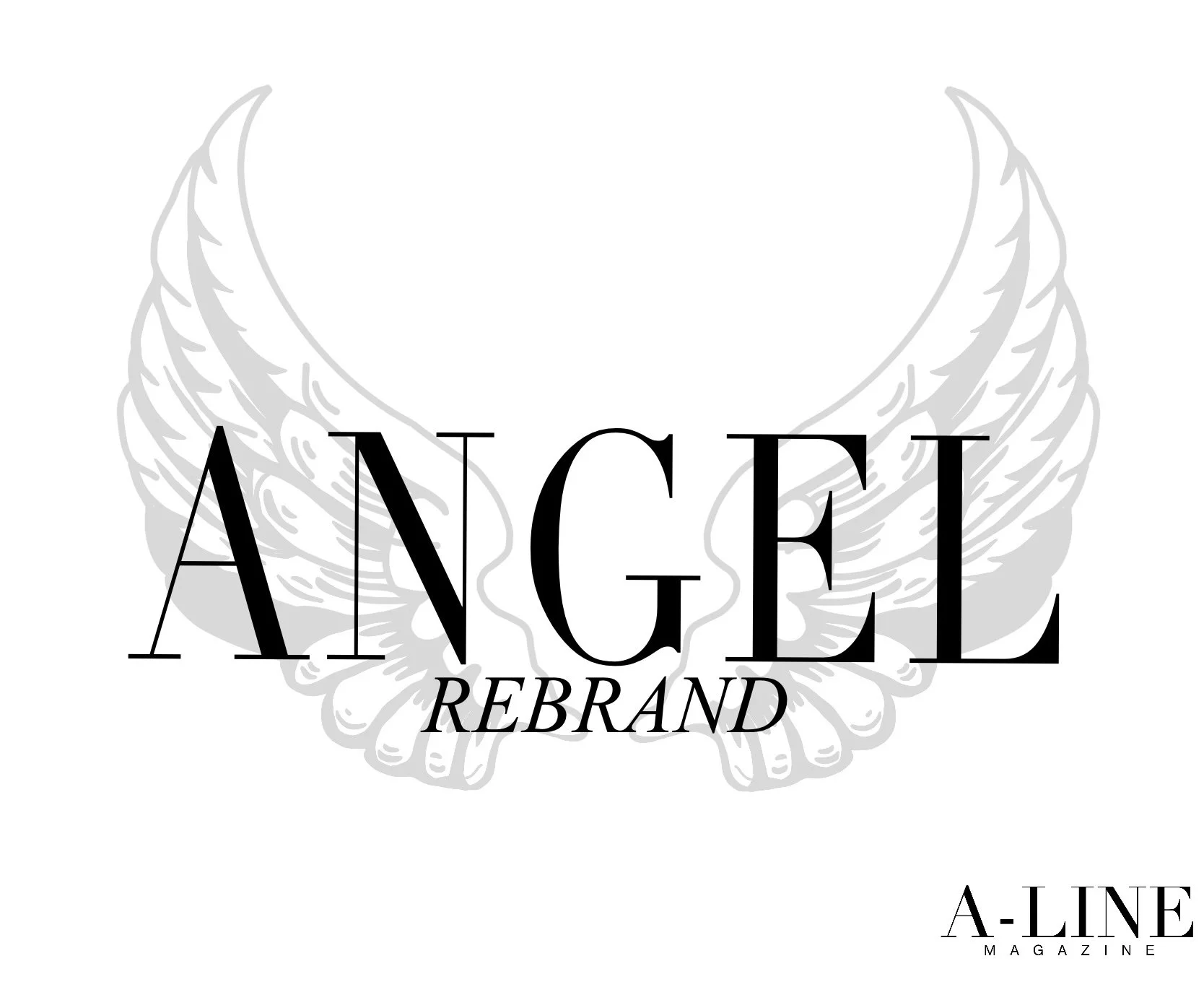The Future of the Victoria’s Secret Fashion Show
Let’s take a trip down memory lane. It’s December 2018 and you’re tuning in to the most glamorous, alluring event of the year —The Victoria’s Secret Fashion Show. Legendary angels like Elsa Hosk, Romee Strijd, and Candice Swanepoel grace the runway in sparkled lingerie while star-studded singers like Shawn Mendes and The Chainsmokers perform their hits. Cue: This Feeling. The 2018 show also included a special tribute to the beloved Adriana Lima and her final walk as a Victoria’s Secret Angel after 20 years of modeling for the brand. Amongst the elaborate angel wings and million-dollar fantasy bra, every spectator and model watched as the iconic show in New York City would, unknowingly, be the last of the franchise.
Why Must We Say Goodbye?
Although the official answer by L brands—the parent company of Victoria's Secret—is that they sought to “evolve the marketing” of the show since it had no notable impact on sales of bras and underwear, the controversy surrounding model inclusivity was the ultimate binding factor. It’s quite a lot to unpack, but it all started with the then marketing chief stating in a Vogue interview that he did not think transgender models had a place in the Victoria’s Secret Fashion Show and claimed there was no TV interest in plus-size runway models. Talk about red flags. He later apologized for his insensitive remarks, but customers and fans of the show did not brush this off easily. This defining moment ignited a demand for more diverse models and body types.
Brands that Became the Blueprint
Since then, other brands such as Aerie and Rihanna’s Fenty X Savage have heard the public's requests for making the lingerie market more inclusive, and they have responded admirably. The #AerieREAL campaign launched in stores in August 2018 with three body-positive programs and cast models with disabilities in its advertisements. The Savage X Fenty fashion show in 2019 included models of all different shapes, sizes, skin colors, and even pregnant women. These tactics set the bar extremely high for the success of Victoria’s Secret’s rebranding.
The Future of Victoria’s Secret
This summer, Victoria’s Secret announced the VS Collective which will consist of a group of women to represent the brand. They include soccer star Megan Rapinoe, actor Priyanka Chopra Jones, and Valentina Sampaio—the company's first transgender model. The goal? To assure customers that the brand is from a woman’s point of view, not a man’s. “Victoria’s Secret built its empire selling lingerie to women, but it was always a man’s vision that defined its brand”, wrote Marc Brain from QUARTZ magazine. “Women are—finally—leading the way at the company.”
This is not to say that the original Victoria’s Secret angels are in the wrong. In fact, many of our favorites advocated for a change as well. We're here for any opportunities that serve as a stepping stone for the diverse representation of women’s bodies.
Written by: Larissa Villegas, Photography: Cullen Powitzky, Design: Jade Sung, Social Media: Mariaelena Lozano


